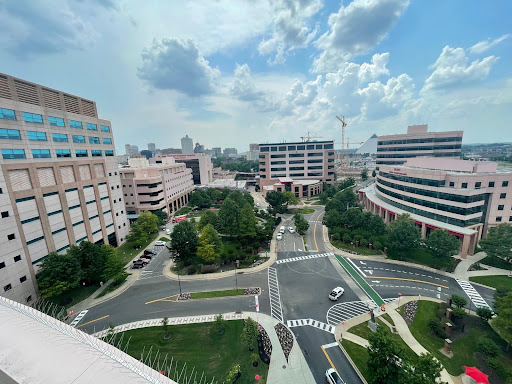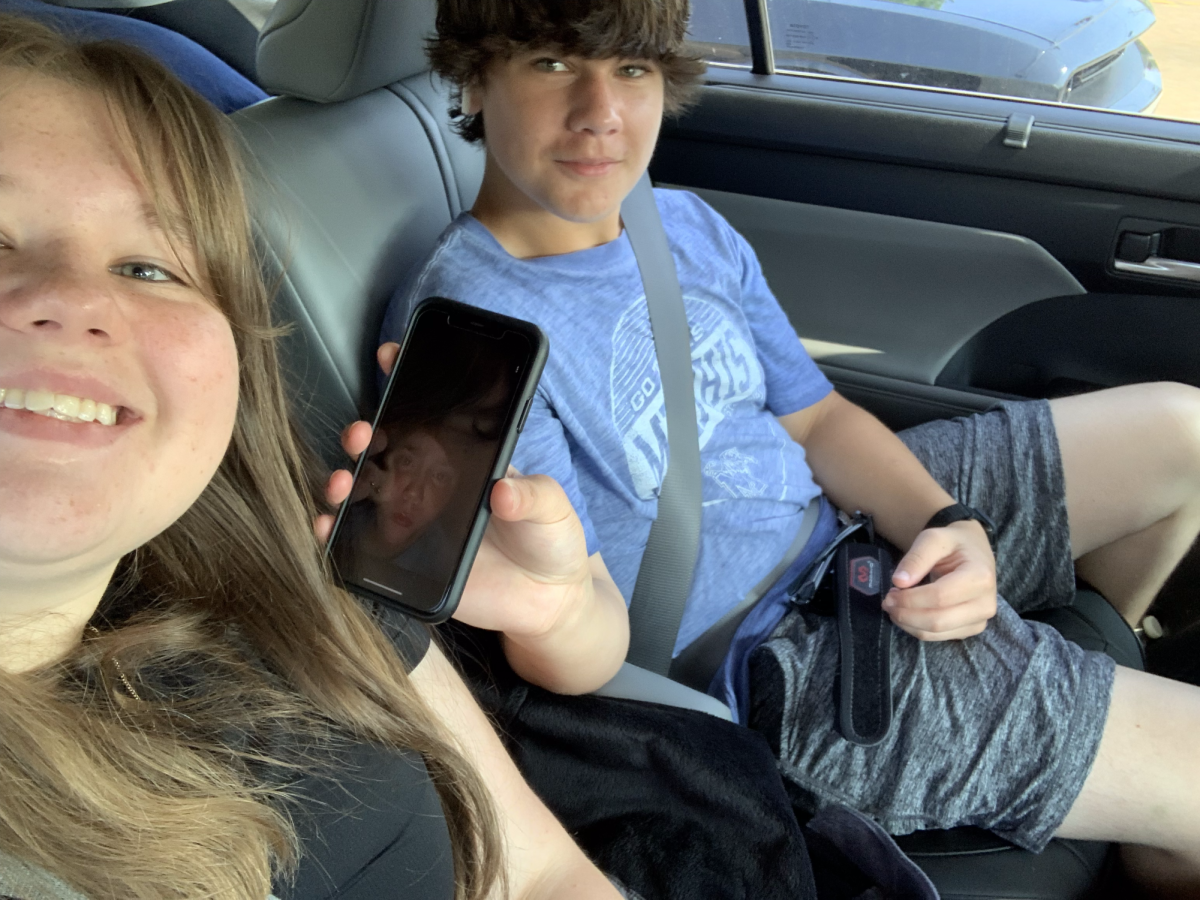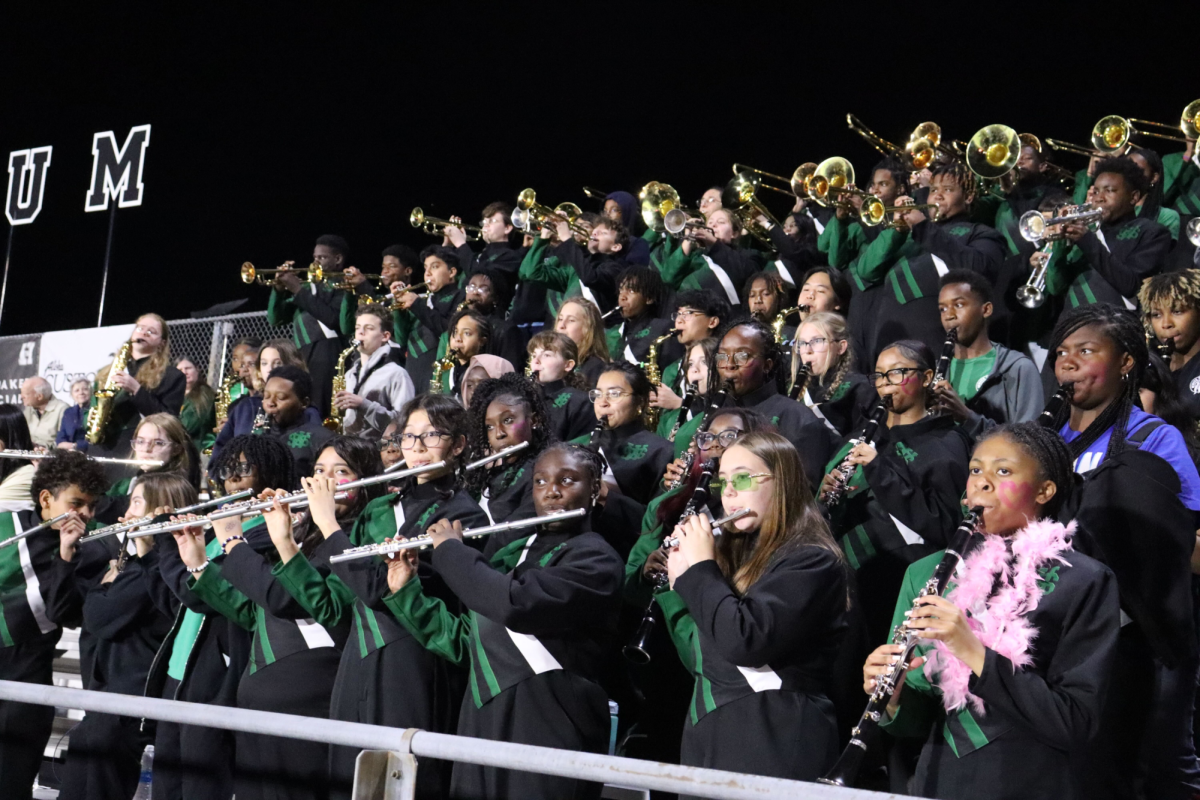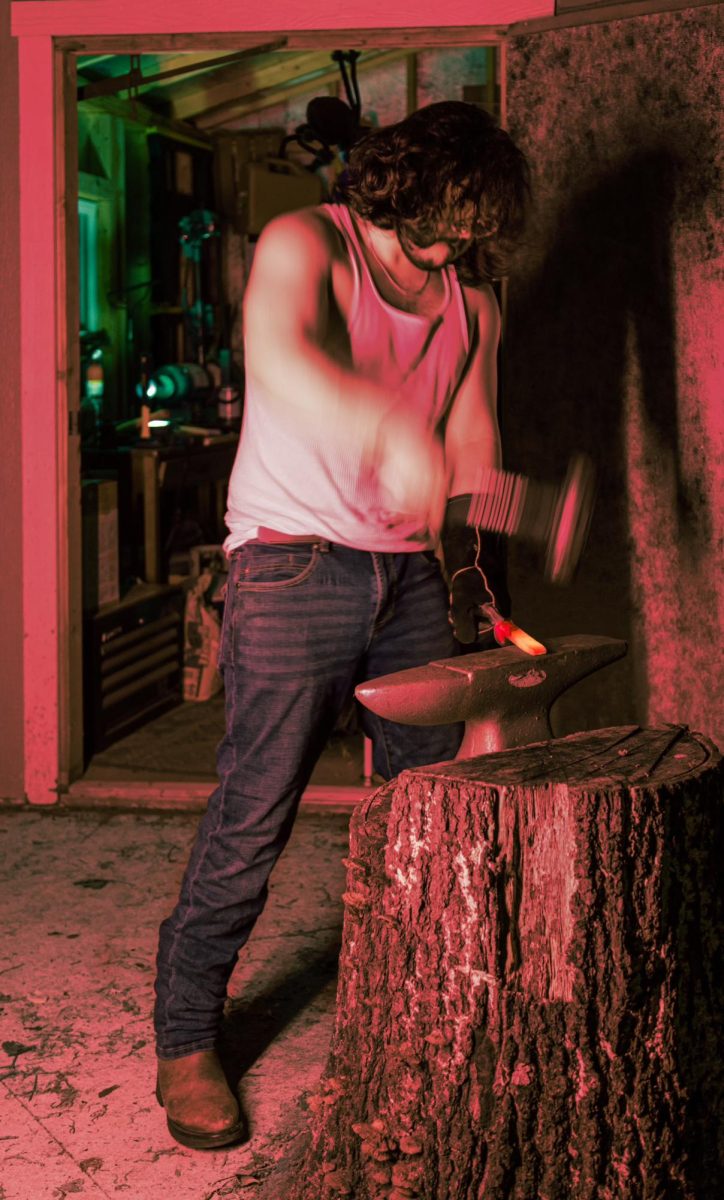
When families around the world need cancer treatment for their children, one hospital comes to mind: St. Jude. The hospital has global fame for its mission to effectively treat pediatric cancers, and is located right here in Memphis, Tenn. The founder, Danny Thomas, dreamed that “no child should die in the dawn of life.” St. Jude has carried this mission with them throughout their history and has used it as their guiding principle.
In the summer of 2023, Yirui Tang (12) and Jason Fang (12), along with many other high schoolers from Memphis were able to participate in the prestigious summer research immersion program at St. Jude: the High School Research Immersion Program.
“[The program] gives you a holistic view of the field you want to study in,” Fang said. “It introduces you to lab work, patient care … You get mentorship from the people who mentor you [like] career advice, understanding how to become a doctor and what that process looks like, getting your Ph.D., your MD, programs like that … You observe [the dedication of the doctors] first hand.”
To apply for the program, students had to submit their transcripts, get recommendation letters and answer multiple essay prompts. These prompts reflect the global nature of St. Jude; they want students who can think globally and have creativity in their thinking. Only 30 students are selected out of the many who apply, making the process selective.
“The prompts [for the application process] were stuff like ‘How would you tackle a global problem,’ and then another one was like ‘Why are you interested in this program’ and ‘What makes you want to go into medicine,’” Tang said.
Eight hours a day, five days a week for eight weeks may be intimidating for many high school students; however, the summer interns were able to quickly settle into their positions and hours, partially due to their passion for their work and their desire to extract immense value from the internship.
“[The hours] were actually pretty relaxing,” Fang said.“[It] sounds like a lot, but you get an hour break [every day]. Most of the time you are working at the lab, and at home you maybe do a little bit of extra research, understanding your topic further … You can still live your summer, but if you want to have an enhanced experience, you do outside research.”
The mentorship experience as well as being able to work with notable researchers and scientists is one of the most important parts of the internship. Students spend the first few weeks of the program with their mentor so that they can be trained with the equipment and techniques. To Fang, the overall work environment was very professional and the St. Jude researchers welcomed them with open arms.
“My mentor, Dr. Andra Rashenyak, I can’t say enough about him,” Fang said. “He welcomed me that first day by introducing me around the lab and speaking very [eloquently], and everyone else in the lab is also very welcoming and open to high school students. There’s a bad stereotype that scientists are very pretentious and think less of you if you don’t know much, but at St. Jude I felt [like] they’re all very open to you and [that] any question you ask is never a dumb question. They never judge you for what you ask, as they understand you are new to the field of science.”
St. Jude has an immense supply of lab equipment, including instruments that can measure anything anyone could possibly think of.All this equipment is very expensive, but the interns were eventually able to use the equipment on their own after enough training.
“[Our team] used pretty simple equipment; this sounds super basic, but one of the main things we used was a treadmill that’s hooked up to oxygen and carbon dioxide tanks as we were trying to measure [the patients’] cardiopulmonary health,” Tang said. “The amount of oxygen and carbon dioxide they take in or release gives a good measure of that. [We also] used ultrasounds to see muscles and sphygmometers, which are manual blood pressure cuffs. It’s so cool.”
Tang’s research involved the clinical side of the program; she got the opportunity to interact with and study many patients. Just one of the lab techs she worked with would see about 10 patients a day, so she was heavily exposed to the clinical lifestyle. Her research involved how chemotherapeutic treatments people received as children impacted them later in life.
“We were testing the latent effects of chemotherapies, radiations, and surgeries,” Tang said. “[We were] seeing how cancer treatments people had as children affected them when they were older, so a lot of the work that we [did] measures how well they live in daily life and how they have different neuropathies, muscle weakness, general frailty, and based on that we score them and give out early [physical therapy or occupational therapy] referrals.”
Fang was more involved in the “wet science” side of the program. “Wet science” refers to lab work; Fang didn’t get to interact with many patients, but got a much more detailed lab work experience. His research involved the field of structure biology; his work was both incredibly complex and involved using many pieces of equipment many times.
“My research was in the department of structure biology, and I focused on purifying a protein called ALK,” Fang said. “[I also worked on] purifying its ligand called augmentor alpha; after purification of these two, I was supposed to artificially form a complex between the two and examine the [bonding] process. It’s insane.”
Tang and Fang eventually presented their research as a poster at both a St. Jude event and a community event that friends and family attended. Overall, they both found the experience fulfilling and valuable to both their motivations to enter medicine as well as for their college transcripts.
“I think the whole program made me even more determined to be a doctor,” Tang said. “It just gives you a lot of hope for the future.”



























